About Nijō Castle
In the 17th century, this building served as the residence of the Tokugawa shogun, the family that dominated Japan throughout the Edo period (1603-1867). The castle, which is also known as Nijojo, is well-known for the architectural beauty it possesses as well as the rich history that it possesses. As a result, UNESCO has recognized the castle as a World Heritage Site.
The stone walls, moats, and magnificent entrance gate of Nij Castle were all constructed with the intention of inspiring awe and causing visitors to feel threatened as they approached the fortress. The interior of the castle is renowned for its intricate and artistic design, which features gold leaf and sliding doors that have been painted. In addition, there are a number of gardens and tea rooms within the castle, which the shogun might use to entertain guests.
Nightingale floors are a sort of flooring that, when walked upon, generate a chirping sound that serves as an alarm system against intruders. One of the most well-known characteristics of Nij Castle is its “nightingale floor,” which was meant to make this sound.
Nijo Castle is a well-known attraction for visitors to Kyoto as it is now available to the public and can be visited. Visitors are welcome to explore the grounds and structures of the castle, which includes the shogun’s private quarters, as well as the castle’s gardens and tea rooms. Nij Castle is renowned for its beauty and is considered to be an excellent example of Japanese architecture and design. In addition to its historical importance, the castle is also known for its beauty.
Also read – about Kiyomizu Dera
History of Nijō Castle
The construction of Nij Castle began in the middle of the 17th century, at the time that Iemitsu, the third Tokugawa shogun, was in power. It was originally planned for the castle to act as the shogun’s official house whenever he traveled to Kyoto, which at the time was Japan’s former imperial capital and continued to be an important cultural and political center. It was the first time that a shogun had erected a castle in Kyoto, and the purpose of the construction of Nij Castle was to establish the shogun’s power and authority over the city as well as the surrounding countryside.
After it was finished, Nijo Castle was used for several centuries as the residence of the shogun and was the location of many significant events in Japanese history. The imperial government took control of the castle during the Meiji Restoration in the latter half of the 19th century, and it was converted into a government structure during this time. The castle was given to the city of Kyoto in 1939, at which time it was also made available to the general public as a historical site.
Nijo Castle has developed into one of Kyoto’s most well-known and well-visited tourist destinations in recent years. Visitors are able to view the magnificent decorations and gorgeous gardens of the castle because the structures and grounds of the castle have been preserved in good condition. Nij Castle was included on the list of “Historic Monuments of Ancient Kyoto” that was submitted to UNESCO in 1994 for consideration as a World Heritage Site. The castle is still revered as a masterpiece of Japanese construction and design and serves as a potent reminder of Japan’s illustrious past, rich cultural legacy, and historical significance.
How to reach Nijō Castle
The Nijo Castle is a popular tourist destination in Kyoto, Japan, and can be reached quickly and easily using the local public transit. The following are some of the routes that can be taken to approach the castle:
- Train : Nij Castle can be reached by train and is only a short walk away from the Nij Station on the Tozai Line of the Kyoto Municipal Subway. You may reach to Nij Station by taking the Tozai Line from Kyoto Station and getting off at Nij Station. The station may be reached on foot in just five minutes from the castle.
- Bus: You can reach the Nijojomae Bus Stop, which is situated close to the castle, by taking one of the following city buses: 201, 203, 208, or 205, which depart from Kyoto Station.
- Taxi: Another option for getting from Kyoto Station to Nij Castle is to hire a taxi, which will get you there in around 15 minutes and cost approximately 1,500 yen.
- Walking distance: several of Kyoto’s other notable tourist attractions, such as the Imperial Palace and the Kyoto National Museum, are within walking distance from Nijo Castle, which is also located within walking distance from the castle.
It is highly suggested that you plan your journey in advance and that you leave sufficient time to visit the castle, as the traffic in Kyoto can be intense during peak tourist season. This is true regardless of the mode of transportation that you choose to use.

Do's and Dont's at Nijō Castle
When visiting Nijō Castle, there are a few important things to keep in mind to ensure a safe and enjoyable experience:
Do’s:
- Follow the rules: Nijō Castle has rules and regulations in place to protect the site and its visitors. Be sure to follow posted signs and instructions from staff, and respect the rules of the castle.
- Wear appropriate clothing: Visitors should dress modestly when visiting Nijō Castle, as it is a historic site and a place of cultural significance. Shoes should be removed before entering certain buildings and visitors should dress appropriately for the weather.
- Take your time: Nijō Castle is a large and complex site with a lot to see. Take your time to explore the castle grounds and buildings and enjoy the beauty and history of the site.
- Use a camera: Nijō Castle is a beautiful and photogenic site, and visitors are encouraged to take photos to remember their visit. However, please be respectful of other visitors and staff and follow posted guidelines for photography.
Don’ts:
- Touch or damage the buildings or artifacts: Nijō Castle is a historic site and its buildings and artifacts are protected by law. Do not touch or damage any of the buildings or artifacts, and follow posted instructions to avoid any accidental damage.
- Smoke or eat in restricted areas: Smoking and eating are not allowed in certain areas of Nijō Castle, including inside buildings. Be sure to follow posted signs and instructions to avoid any penalties or fines.
- Bring large bags or backpacks: Large bags or backpacks are not allowed inside the castle buildings and may need to be stored elsewhere. It is recommended to bring only necessary items and to leave large bags or backpacks at a designated storage area.
- Engage in disruptive behavior: Nijō Castle is a place of cultural significance and visitors are expected to behave in a respectful manner. Disruptive behavior, such as loud talking or running, is not allowed and may result in a request to leave the site.
By following these guidelines and being respectful of the site and its staff, you can ensure an enjoyable and safe visit to Nijō Castle.
Highlights of Nijō Castle
Nijō Castle is a rich and complex site with many highlights and unique features that make it a must-visit destination for anyone interested in Japanese history and culture. Here are some of the highlights of Nijō Castle:
- Ninomaru Palace: The centerpiece of Nijō Castle is the Ninomaru Palace, a beautiful and ornate building that served as the residence of the shogun during his visits to Kyoto. The palace is known for its elegant architecture and intricate carvings, as well as its intricate defense systems, including hidden passages and nightingale floors that squeaked when stepped on to alert guards of intruders.
- Ninomaru Garden: Adjacent to the Ninomaru Palace is the Ninomaru Garden, a beautiful and peaceful garden that was designed to be viewed from the palace’s verandah. The garden features a pond, a tea house, and a variety of plants and trees, and is considered one of the finest examples of Edo-period Japanese garden design.
- The castle’s walls and moats: Nijō Castle is surrounded by massive stone walls and moats that served to protect the castle and its residents from attack. The walls and moats are an impressive feat of engineering and provide a sense of the castle’s importance and power.
- The armory and exhibitions: The castle also houses an armory and exhibitions that showcase various weapons, armor, and other artifacts from Japan’s feudal period. These exhibitions provide an insight into the military and defensive systems of the time and offer a glimpse into the daily life of the shogun and his court.
- The castle’s original decorations: Many of the buildings and rooms within Nijō Castle retain their original decorations, including wall paintings, sliding doors, and wooden carvings. These decorations provide a vivid illustration of the opulence and grandeur of the shogun’s court and offer a unique look into the cultural and artistic traditions of 17th-century Japan.
Overall, Nijō Castle is a fascinating and beautiful site that offers a unique look into the history and culture of Japan. Whether you are interested in architecture, history, or art, Nijō Castle is a must-visit destination that is sure to leave a lasting impression.
Frequently asked questions about Nijō Castle
What is Nijō Castle?
When was Nijō Castle built?
What is the Ninomaru Palace?
What is the significance of Nijō Castle?
What is the best time to visit Nijō Castle?
What is the entry fees of Nijō Castle?


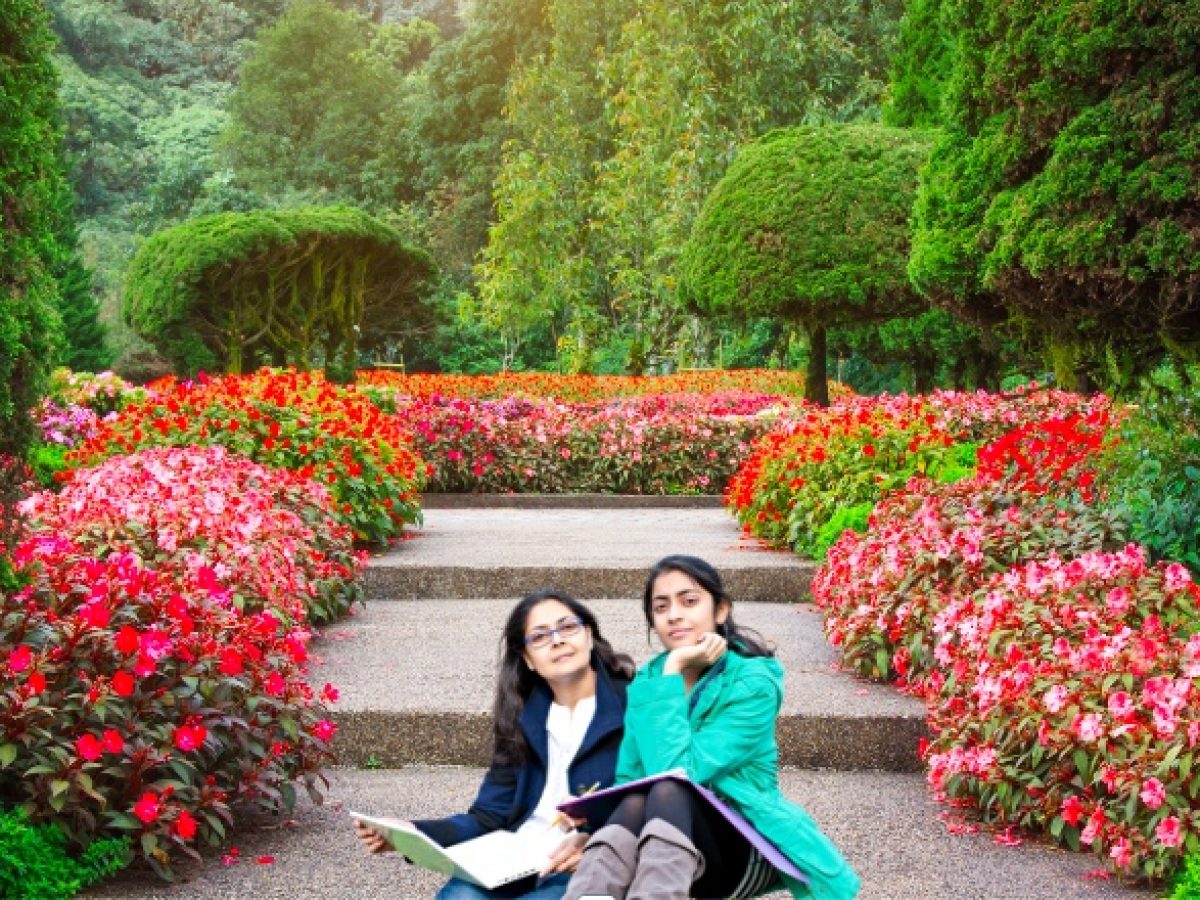

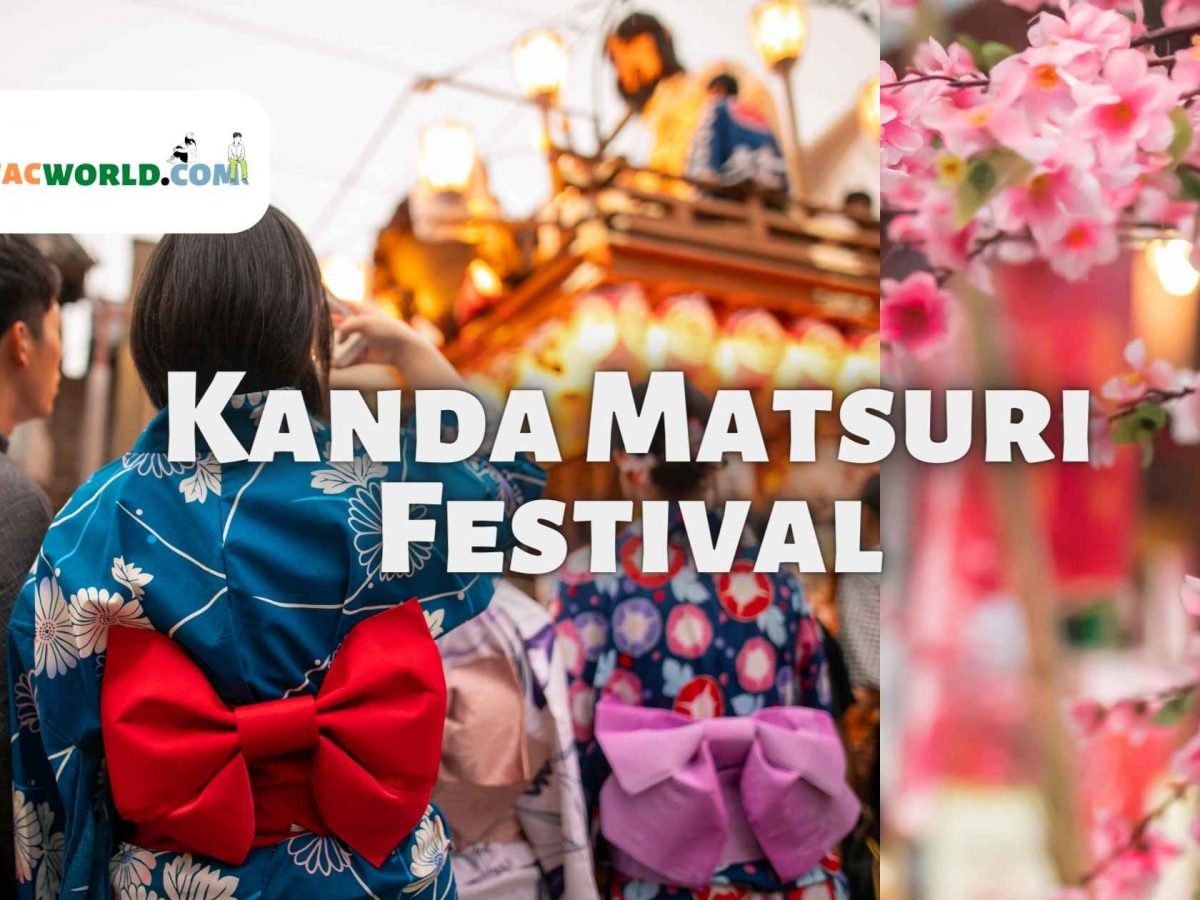



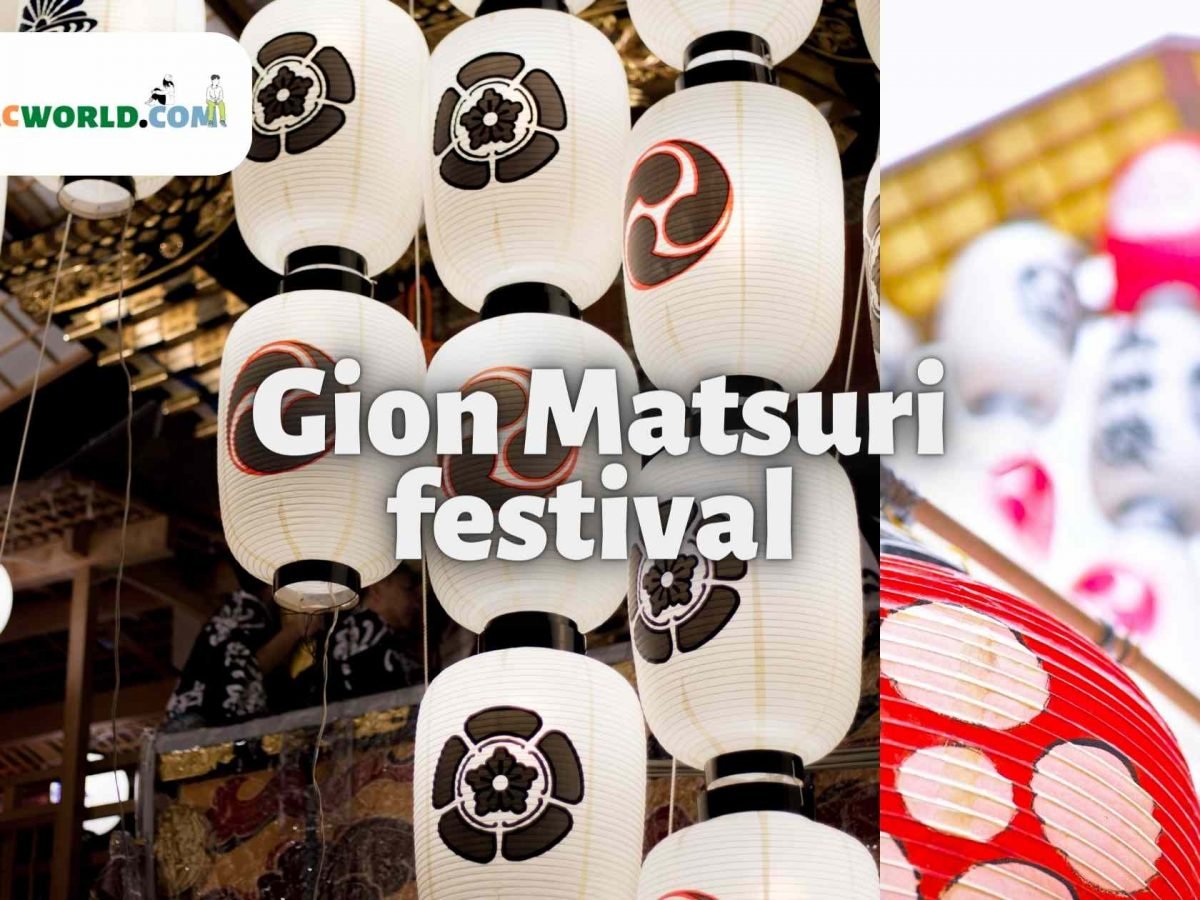
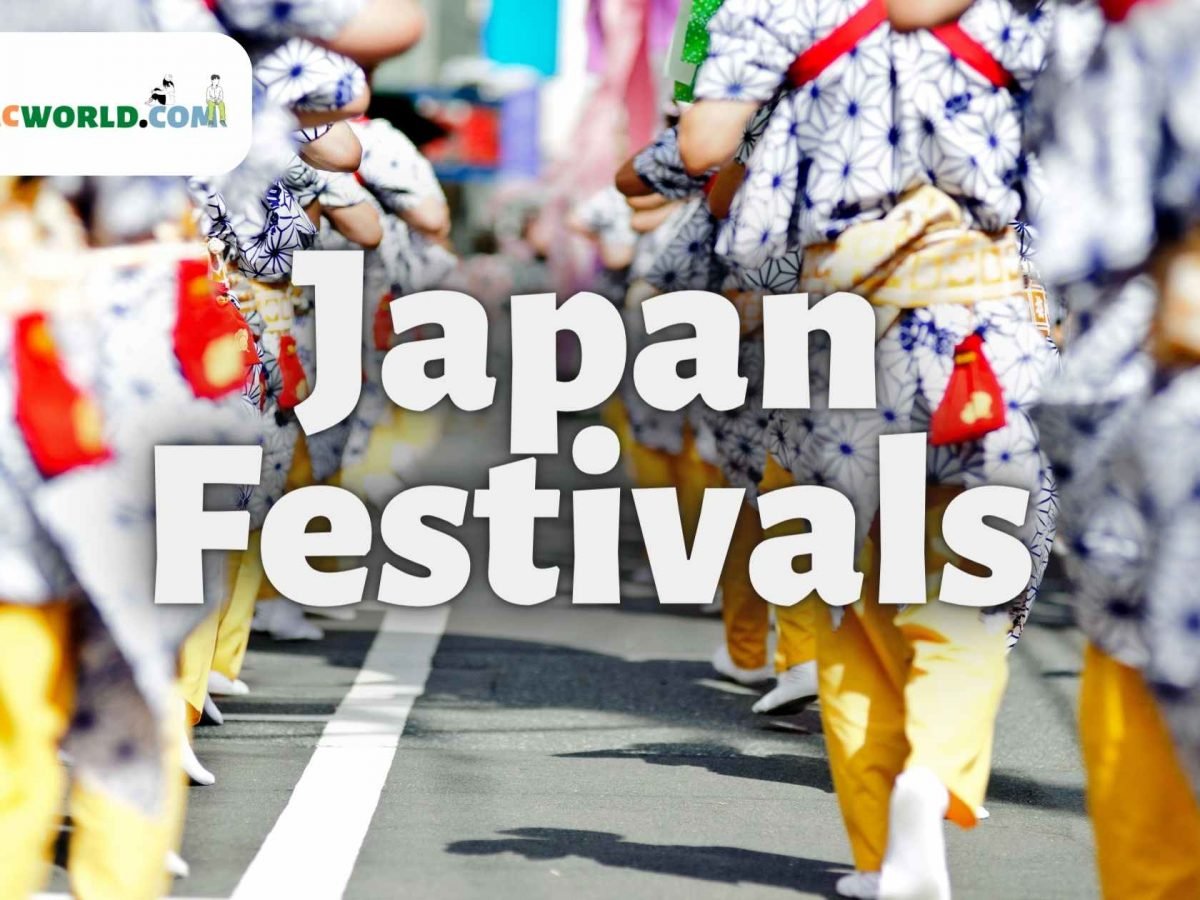


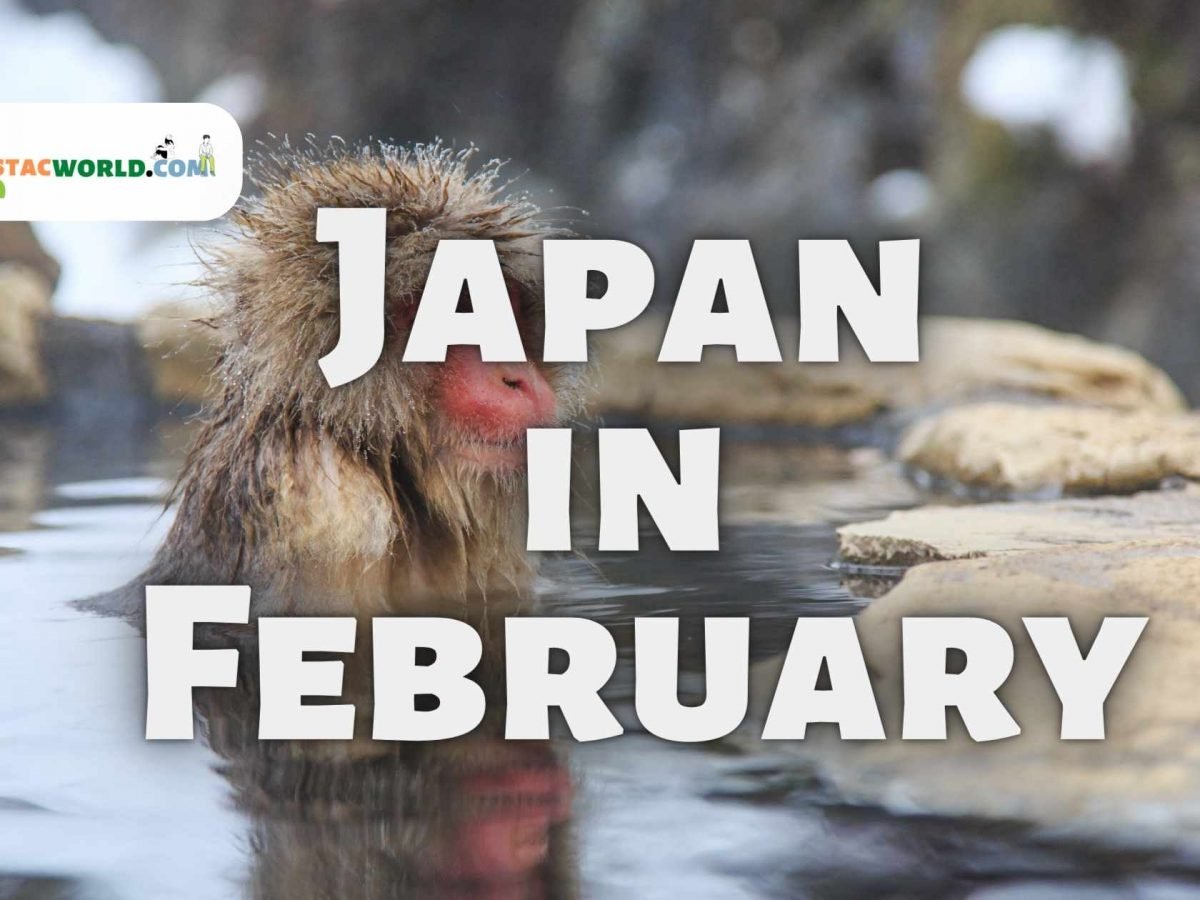

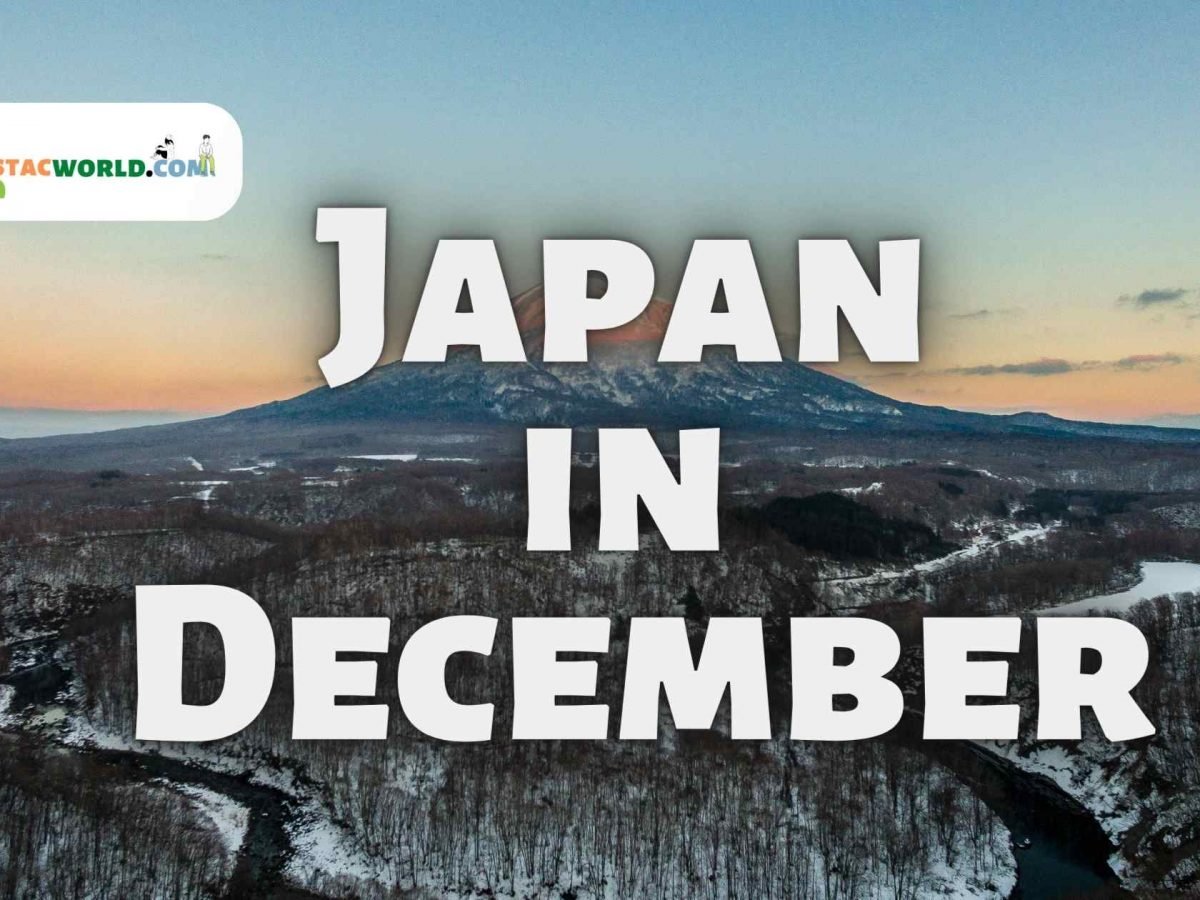



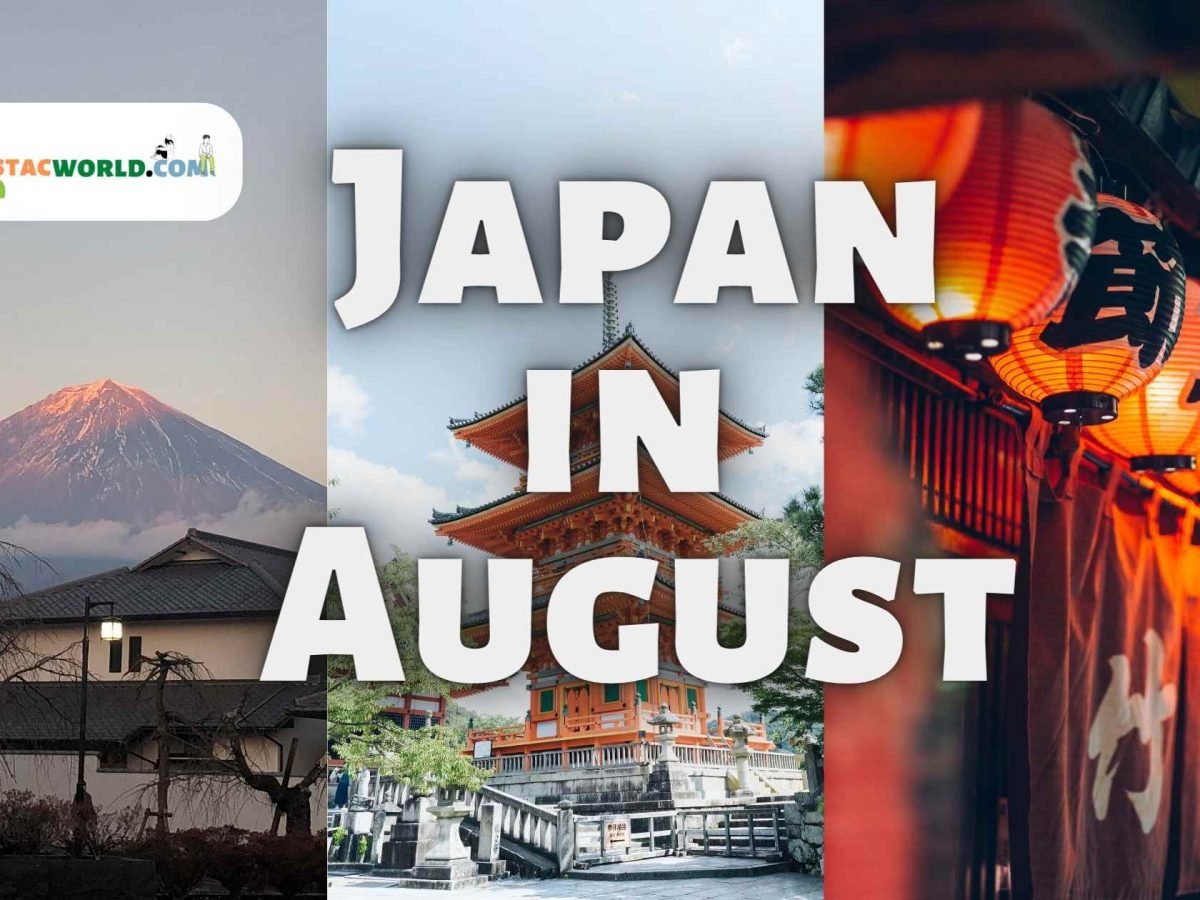
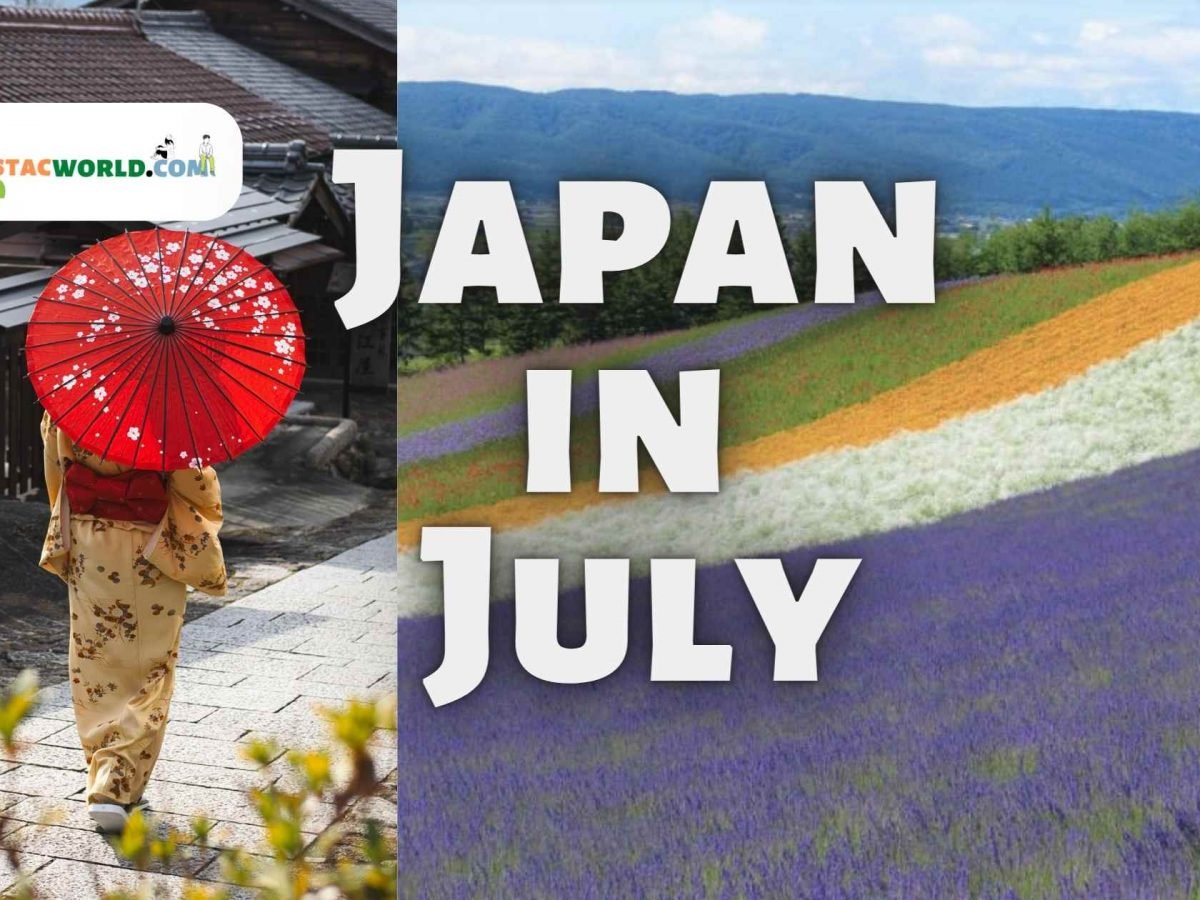
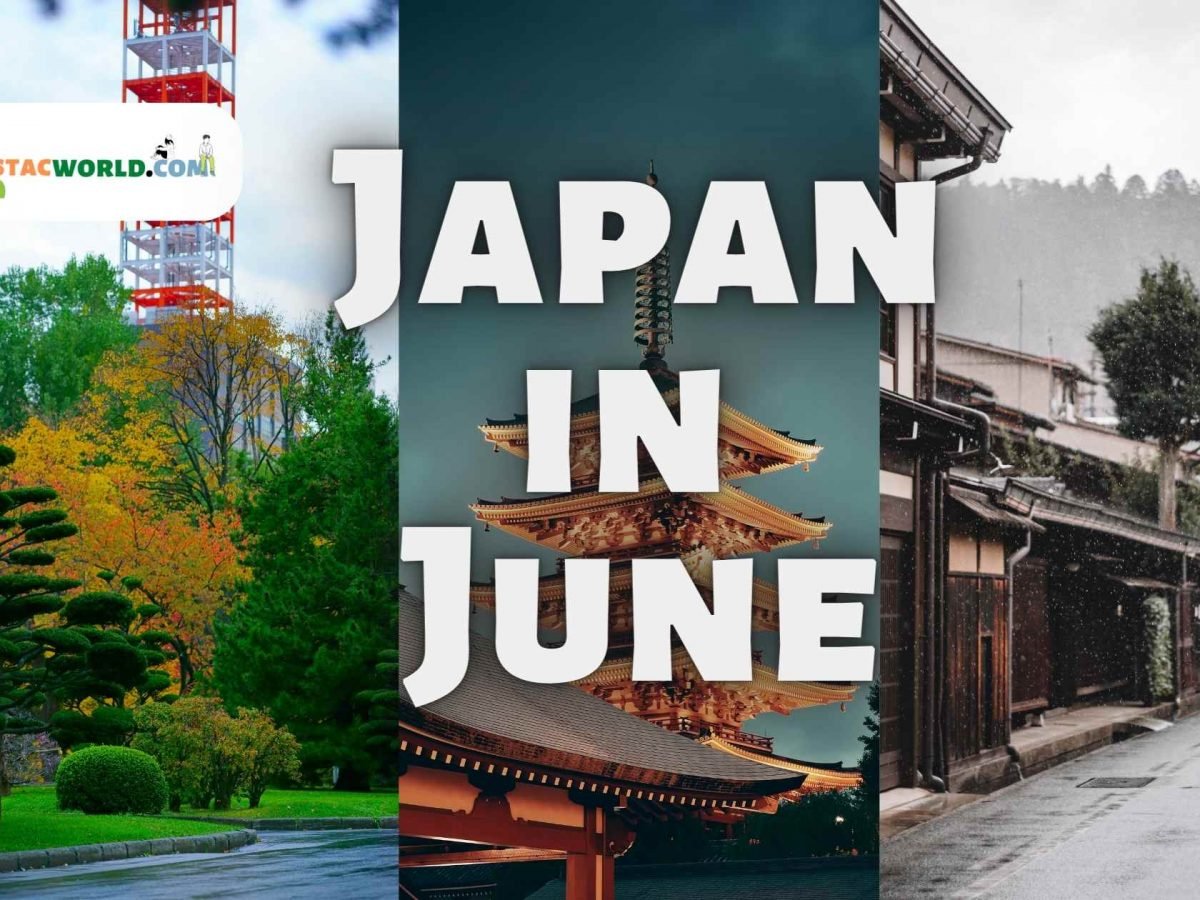
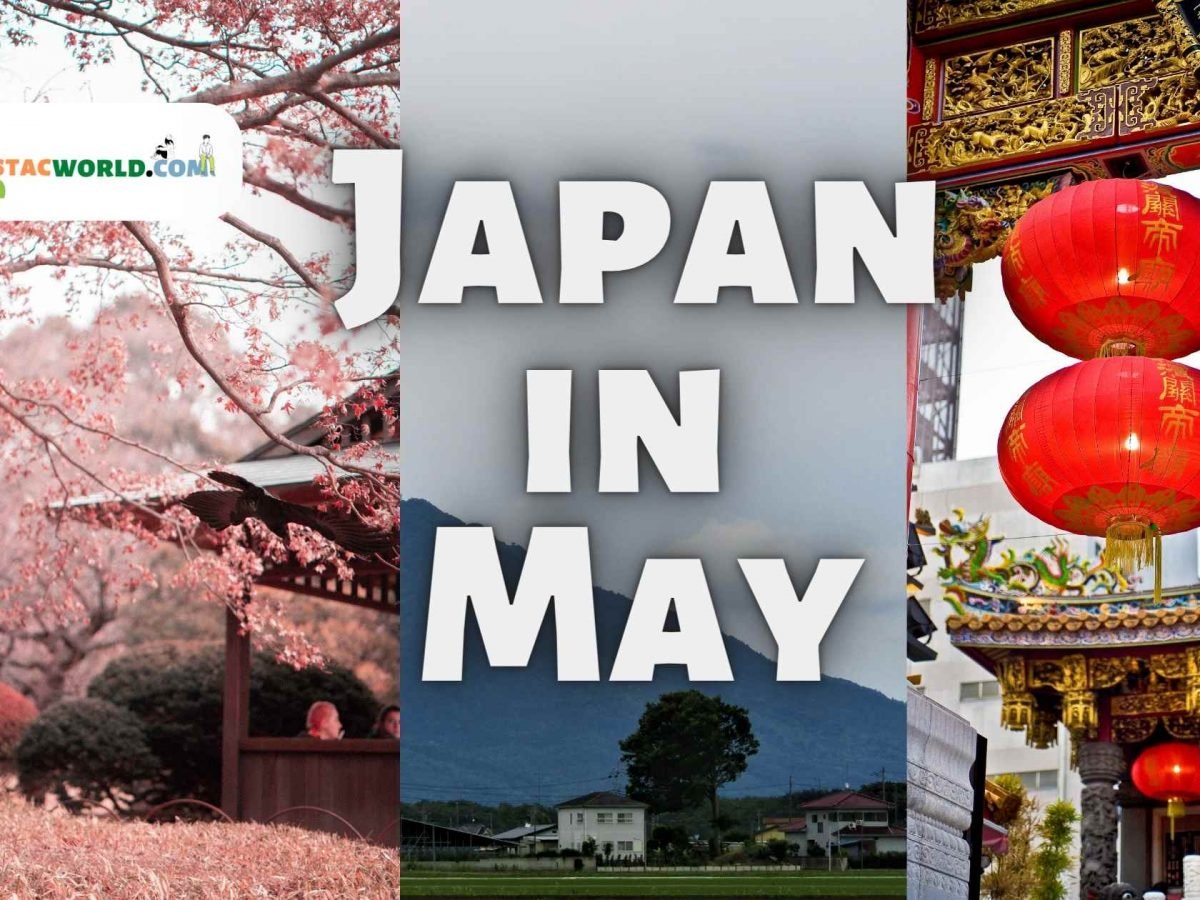
Comment (0)